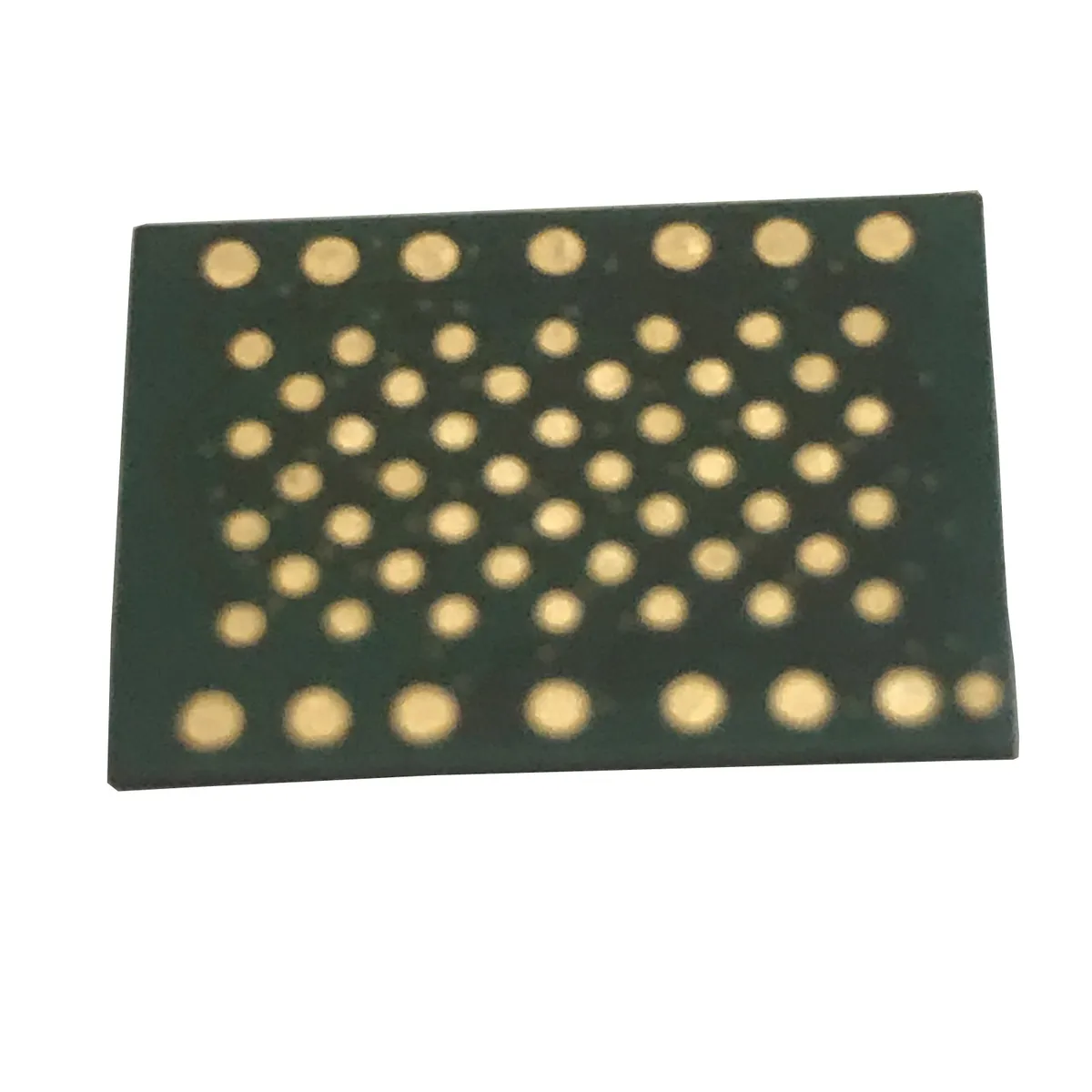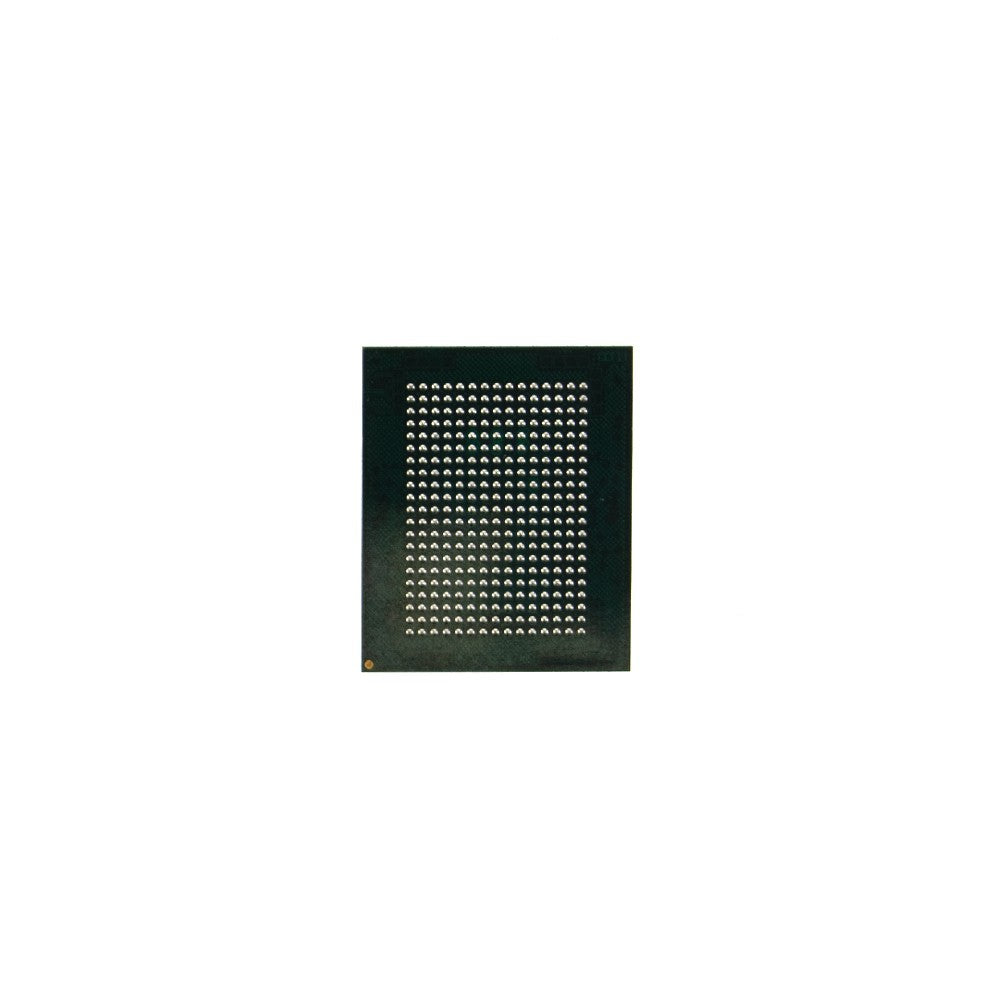Introduction to NAND Flash Memory
In the digital age, where data storage plays an indispensable role, NAND flash memory has emerged as a revolutionary technology that has reshaped the landscape of portable and non-volatile storage solutions. This article delves deep into the intricacies of NAND technology, exploring its fundamental principles, advancements, and implications for various industries and applications. By unraveling the secrets of NAND, we aim to provide readers with a comprehensive understanding of this groundbreaking storage medium and its pivotal role in shaping the future of data storage.

Understanding the Basics of NAND Flash
The NAND Concept
NAND flash memory is named after its unique cell structure, which employs the NAND logic gate principle. Unlike traditional hard disk drives (HDDs) that use magnetic platters to store data, NAND flash relies on arrays of floating-gate transistors. These transistors can hold electric charges, representing binary data in the form of ones (charged) and zeros (uncharged). The arrangement of these transistors in a series, resembling a NAND gate circuit, enables high-density storage and efficient read and write operations.
Key Components and Functionality
At the heart of NAND flash technology are several critical components:
- Memory Cells: Each floating-gate transistor serves as a single memory cell, capable of storing one bit of information. Advanced NAND technologies like Multi-Level Cell (MLC) and Triple-Level Cell (TLC) can store multiple bits per cell by manipulating different charge levels.
- Pages and Blocks: Data within NAND flash is organized into pages and blocks. Pages typically consist of thousands of bytes and serve as the smallest unit for reading and programming data. Blocks, comprising multiple pages, are the smallest erasable units, ensuring efficient management of write and erase operations.
- Controller: A dedicated controller manages the communication between the NAND flash device and the host system, handling tasks such as error correction, wear leveling, and bad block management to ensure data integrity and prolong the lifespan of the storage device.
Reading, Writing, and Erasing Operations
NAND flash operations differ significantly from those of HDDs:
- Reading: To retrieve data, the controller applies a voltage to the selected wordline (corresponding to the desired memory cells), and detects the resulting current flow through the bitlines. The presence or absence of a charge on the floating gate determines whether a cell represents a ‘1’ or a ‘0.’
- Writing (Programming): Programming data involves injecting or removing charges from the floating gates. This process is more complex than reading, as it requires precise control over the applied voltages and timing to avoid disturbing neighboring cells. Furthermore, data must be written in page-sized chunks, necessitating frequent read-modify-write cycles for partial page updates.
- Erasing: Erasing is performed at the block level, resetting all cells within a block to their initial uncharged state (representing ‘1’). Due to the inherent limitations of this operation, NAND flash devices exhibit asymmetrical performance, with writes and erases being slower and more resource-intensive than reads.
Evolution and Advancements in NAND Technology
Generational Progression
Over the years, NAND technology has undergone significant advancements, transitioning through multiple generations characterized by shrinking feature sizes, increased density, and improved performance. Key milestones include:
- Synchronous NAND: Introduced faster interface speeds by synchronizing data transfer with the host system’s clock signal, enabling higher throughput and reduced latency compared to asynchronous NAND.
- Toggle Mode NAND: Further enhanced performance by utilizing a differential signaling scheme, allowing for faster and more reliable data transmission.
- 3D NAND: A groundbreaking development that transitioned NAND flash from a planar structure to a vertical, stacked architecture. This innovation exponentially increased storage density without compromising chip size, paving the way for larger capacity storage devices while reducing cost per bit.
Interface Evolution
Alongside structural advancements, NAND interfaces have also evolved to meet the demands of modern computing environments:
- Parallel NAND: Early NAND devices employed parallel interfaces, with multiple data pins allowing for high-speed transfers. However, these interfaces required a large number of pins, limiting scalability and compatibility with compact designs.
- Serial NAND: Serial interfaces, such as ONFI (Open NAND Flash Interface) and Toggle DDR (Double Data Rate), were introduced to address the pin count issue. These interfaces transmit data serially over fewer pins, simplifying board design and enabling higher speeds through advanced signaling techniques.
- Universal Flash Storage (UFS): A modern high-performance interface designed specifically for embedded systems, UFS combines a serial interface with command queuing and multiple lanes for simultaneous data transfer, delivering unprecedented speed and efficiency.
NAND Flash Applications and Implications
Consumer Electronics
NAND flash has become ubiquitous in consumer electronics, powering a wide range of devices, including smartphones, tablets, digital cameras, and gaming consoles. Its small form factor, low power consumption, and robustness against mechanical shocks make it ideal for portable devices where space, battery life, and durability are paramount concerns.
Enterprise and Data Center Storage
The advent of high-capacity, high-performance SSDs based on NAND flash has revolutionized enterprise storage. SSDs offer faster access times, lower latency, and higher Input/Output Operations Per Second (IOPS) compared to HDDs, leading to substantial improvements in application responsiveness and overall system performance. Moreover, SSDs’ lower energy consumption and heat generation contribute to greener data centers with reduced operational costs.
Emerging Applications and Trends
NAND flash continues to push the boundaries of storage technology, driving innovations in emerging areas such as:
- Edge Computing and IoT: As edge devices increasingly handle data processing and analysis locally, demand for compact, energy-efficient storage solutions like NAND flash is on the rise.
- Automotive Storage: With the advent of autonomous vehicles and advanced driver assistance systems, NAND flash is playing a crucial role in providing fast, reliable storage for real-time data processing, map caching, and software updates.
- Quantum-Dot Cellular Automata (QCA)-Based NAND: Researchers are exploring QCA-based NAND as a potential successor to conventional CMOS-based NAND, promising further reductions in size, power consumption, and improved scalability for future storage needs.
Conclusion: The Future of NAND Flash Technology
Flash Forward has illuminated the inner workings, advancements, and broad impact of NAND flash technology. From its innovative cell structure and operational principles to its transformative role in consumer electronics, enterprise storage, and emerging applications, NAND flash stands as a testament to human ingenuity in addressing the ever-increasing demand for efficient, reliable, and scalable data storage solutions. As research and development continue to propel NAND technology forward, we can expect even more remarkable breakthroughs that will shape the future of data storage and enable new possibilities in the digital realm.




